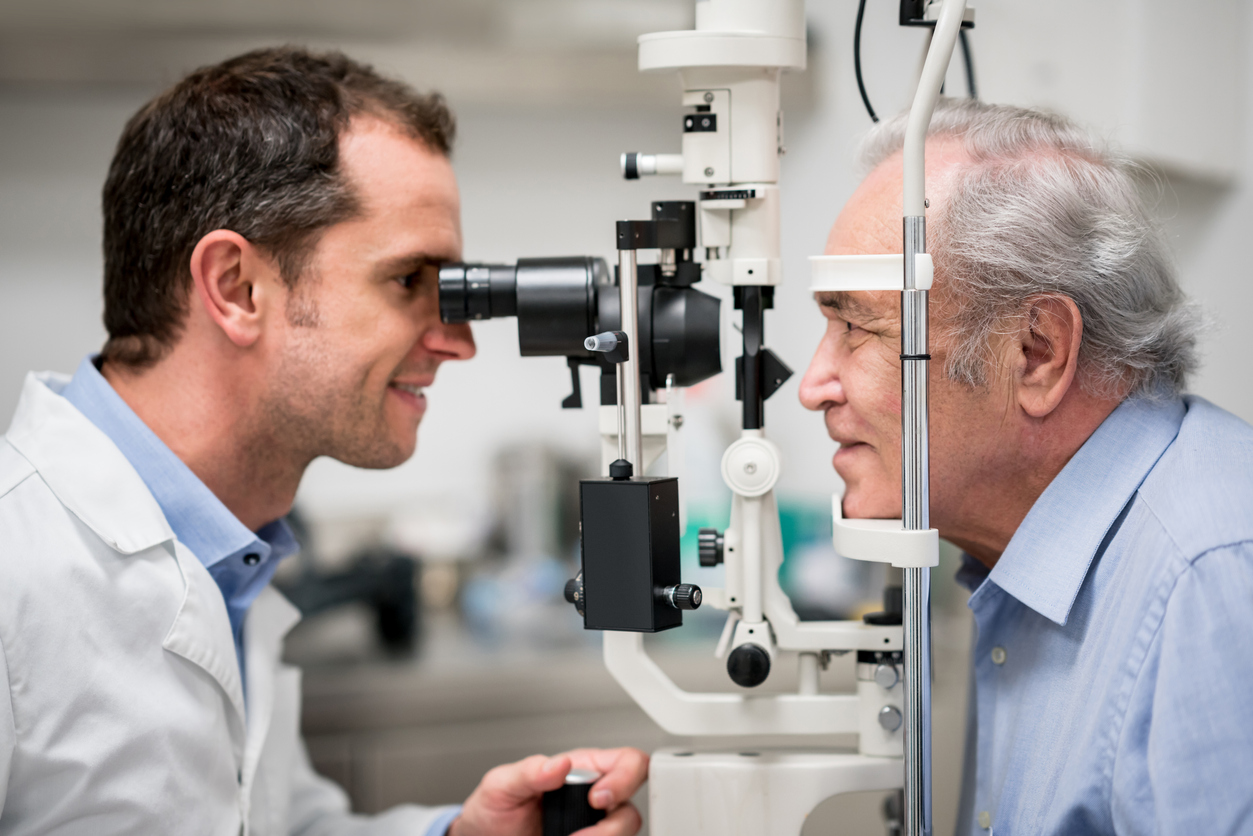Strabismus (Crossed Eyes): Symptoms, Causes, Treatment
What are the symptoms of strabismus?
Strabismus, also known as crossed eyes or squint, is a condition in which the eyes do not align properly. The symptoms of strabismus can vary depending on the type and severity of the condition, but may include:
- Misaligned eyes: One or both eyes may turn inward (esotropia), outward (exotropia), upward (hypertropia), or downward (hypotropia).
- Double vision: Some people with strabismus may experience double vision, especially when the condition is not corrected.
- Difficulty focusing: Strabismus can affect the ability of the eyes to work together, which can lead to difficulty focusing, especially in children.
- Eye strain: Strabismus can cause eye strain, which may result in headaches or discomfort around the eyes.
- Reduced depth perception: Strabismus can affect depth perception, making it difficult to judge distances accurately.
- Head tilting: Some people with strabismus may tilt or turn their head in an attempt to align their eyes.
- Fatigue: Strabismus can lead to eye fatigue, especially when trying to focus for extended periods.
- Amblyopia (lazy eye): In some cases, strabismus can lead to amblyopia, a condition in which the brain favors one eye over the other, leading to reduced vision in the affected eye.
It’s important to note that not all cases of strabismus cause symptoms, and some people may not be aware that their eyes are misaligned. However, if you or your child experience any of these symptoms, it’s important to consult with an eye care professional for a proper evaluation and treatment. Strabismus can often be corrected with glasses, vision therapy, or surgery, especially if detected and treated early.
What are the causes of strabismus?
Strabismus can be caused by several factors, including:
- Muscle imbalance: The most common cause of strabismus is an imbalance in the muscles that control eye movement. This imbalance can cause one eye to turn in a different direction from the other.
- Refractive error: Uncorrected refractive errors, such as nearsightedness, farsightedness, or astigmatism, can lead to strabismus, especially in children.
- Amblyopia: Strabismus can also be caused by amblyopia, or lazy eye, which occurs when one eye has significantly better vision than the other. The brain may start to ignore the weaker eye, leading to misalignment.
- Genetics: Strabismus can run in families, suggesting a genetic component to the condition.
- Neurological conditions: In some cases, strabismus may be associated with certain neurological conditions, such as cerebral palsy or stroke, that affect the muscles and nerves controlling eye movement.
- Eye injuries or diseases: Trauma to the eye or certain eye conditions, such as cataracts or retinopathy of prematurity, can lead to strabismus.
- Medical conditions: Certain medical conditions, such as thyroid disorders or diabetes, can increase the risk of developing strabismus.
- Developmental factors: Factors that affect the development of the eyes and visual system, such as prematurity or low birth weight, can increase the risk of strabismus.
It’s important to note that the exact cause of strabismus can vary depending on the individual and may involve a combination of factors. If you or your child has strabismus, it’s important to consult with an eye care professional for a proper evaluation and treatment plan. Treatment for strabismus often involves correcting any underlying refractive errors, using eye patches or glasses to encourage the weaker eye to work harder, and in some cases, surgery to correct the muscle imbalance.
What is the treatment for strabismus?
The treatment for strabismus depends on the underlying cause, the severity of the condition, and the age of the individual. Treatment options may include:
- Glasses or contact lenses: If strabismus is caused by a refractive error, such as nearsightedness, farsightedness, or astigmatism, wearing glasses or contact lenses may help correct the misalignment.
- Vision therapy: Vision therapy involves a series of eye exercises and activities designed to improve eye coordination and strengthen the eye muscles. It is often used in children with strabismus to help improve eye alignment and depth perception.
- Eye patches: In cases where strabismus has led to amblyopia (lazy eye), patching the stronger eye may help encourage the weaker eye to work harder and improve vision.
- Surgery: If strabismus is caused by a muscle imbalance that cannot be corrected with glasses, vision therapy, or other non-surgical treatments, surgery may be recommended. During strabismus surgery, the eye muscles are adjusted to help align the eyes properly.
- Botulinum toxin injections: In some cases, botulinum toxin (Botox) injections may be used to temporarily weaken the muscles around the eye, allowing the eyes to align properly. This treatment is typically used for adults with strabismus who are not candidates for surgery.
- Observation: In some cases, especially in very young children, a wait-and-see approach may be recommended. Some cases of strabismus may resolve on their own as the child grows and develops.
It’s important to consult with an eye care professional to determine the most appropriate treatment for strabismus. Early diagnosis and treatment can help improve the chances of successful treatment and prevent complications associated with strabismus, such as amblyopia.




